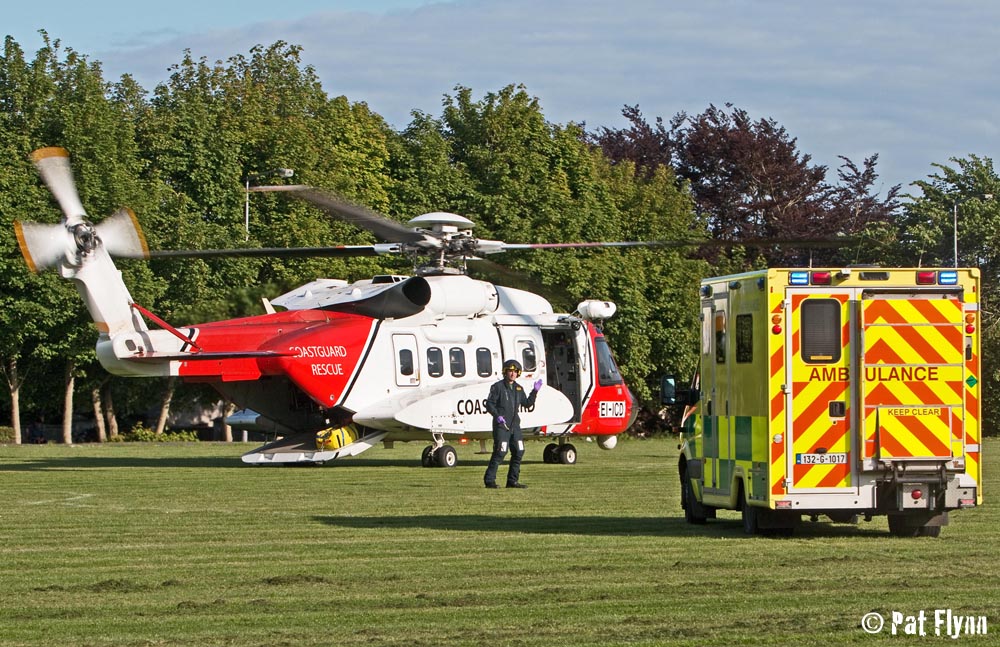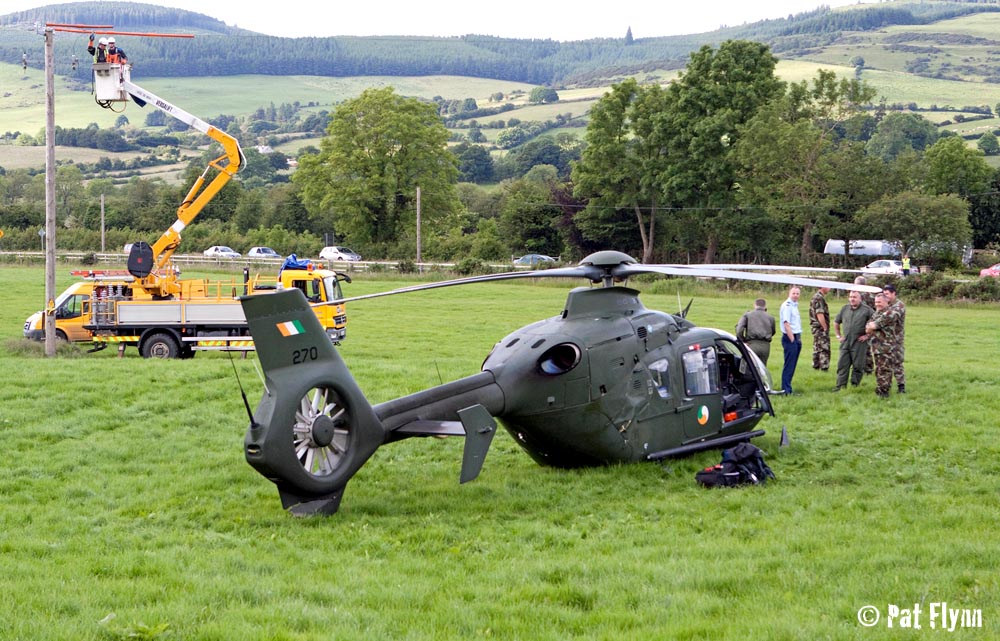
The Ministers for Health and Defence have confirmed the permanent Establishment of the Emergency Aeromedical Support Service (EAS).
Ministers Leo Varadkar TD and Simon Coveney TD made the long awaited announcement today after over three years after the service was established on a trail basis.
The National Ambulance Service (NAS) and the Air Corps have operated the service on a pilot basis since mid-2012.
The EAS has completed over 1,055 missions to date including 323 STEMI heart attack patients, who must get to a primary PCI lab within 90 minutes for effective treatment. The service is targeted mainly at western counties.
The Irish Coast Guard provides back up support and responded to almost half of all EAS calls in 2014.

A cross sectoral working group was established to examine ways to provide a permanent dedicated service. Both Ministers considered the Group’s report, and it has been agreed to establish a permanent service continuing the current service model. However, they have committed to an ongoing review of the operation, so as to ensure a sustainable, long term service arrangement.
Minister Varadkar said: “I’m delighted that the Government has agreed to put the Emergency Aeromedical Support Service on a permanent footing. It’s a great example of co-operation across Government and it shows what can be achieved by using existing resources, even following a deep financial crisis.
The service has been great for patients and ensures that those in remoter areas, particularly in the west, have timely access to specialised treatment available in the larger hospitals. A third of the missions were in response to STEMI heart attacks, allowing patients to be treated in a specialist setting within 90 minutes of diagnosis. The collaboration between the NAS and Air Corps has been quite remarkable,” Mr Varadkar added.
Minister Coveney said: “I welcome the establishment of a permanent EAS service and the ongoing support to the National Ambulance Service by the Defence Forces in providing such a valuable service to people in rural communities. The professionalism and commitment of the Air Corps in providing a dedicated helicopter service to date has been exemplary. I know that level of dedication will continue into the future as the service is placed on a sustainable footing’’.
The EAS suffered an unfortunate setback just a fortnight after being launched when the original EC135 helicopter crash landed in a field near Borrisoleigh after clipping overhead cables. The crew had been on their way to collect a patient at the time.

The Air Corps crew and a HSE paramedic escaped uninjured when the helicopter was extensively damaged and was later sent to Germany for repairs.
Two weeks later, EAS operations resumed with the Air Corps instead deploying a larger Augusta Westland AW139 helicopter.